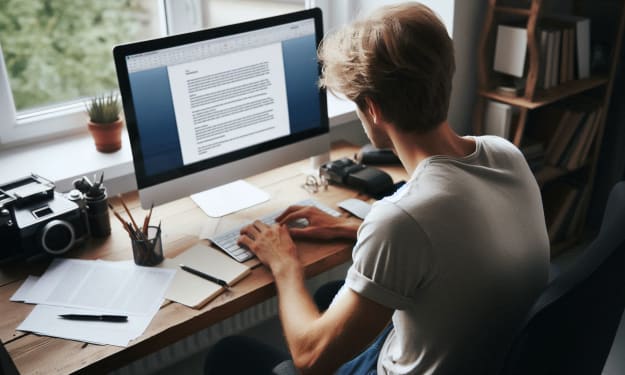Are Cell Phones Mutating the Shape of Our Bones?
is true?

Are Cell Phones Mutating the Shape of Our Bones?
1. Imagine if mobile phones possessed such immense power that they could alter the structure of our bones. This intriguing subject has recently gained widespread attention in the media. It originates from a scientific study indicating that the use of phones and tablets could lead to significant and enduring changes in our bodies, albeit not in the way one might expect. Over the past few years, David Shahar and Mark Sayers, experts in biomechanics at the University of the Sunshine Coast in Australia, have conducted a study on this matter. Biomechanics delves into how mechanical principles relate to living organisms, ranging from human locomotion to the flight patterns of insects.
Shahar and Sayers' research also involves the study of osteobiography, which is used to determine what someone's life was like based on their bones. It has long been known that skeletons adapt to a person's lifestyle, and each set of bones tells a unique story. For instance, in 1924, unusually large skeletons were discovered on the Pacific island of Tinian. The presence of stone structures near the skeletons explained the robust nature of the islanders' bones, as they had naturally developed larger arms, legs, and collarbones from working with heavy stones. In Australia, Shahar and Sayers believe that modern technology is influencing the skeletal development of young people.
So, how does this happen? It is related to something called an External Occipital Protuberance (EOP). Some experts and commentators have described it as a "foam ball" or a "devil-like horn," but in reality, the EOP is a bony growth found at the back of the skull. It is connected to the nuchal ligament, which plays a crucial role in connecting neck muscles to the skull. The EOP acts as an anchor at the top of the nuchal ligament.
Now, let's delve into the researchers' actual purpose in conducting this study. By examining chiropractors' x-rays of individuals aged 18 to 86, they aimed to gain a contemporary understanding of how skeletons change. Many of these x-rays were taken to investigate neck pains, and the researchers also sought to explore the potential health consequences of these skeletal changes.
Shahar and Sayers have observed that the EOP seems to be more prevalent in young individuals. They have theorized that the posture of young people, who constantly check their phones and tablets, plays a significant role in this. The neck naturally leans forward, causing extra pressure on the area where the EOP develops. Over time, the EOP gradually increases in length, reaching several millimeters. This phenomenon, also known as text neck, was found to be more common in men. In 2016, Shahar and Sayers reported a higher prevalence of EOP in 67% of men compared to 20% of women in a test group of 218 individuals. By 2018, they had expanded their study to 1200 people, with males being five times more likely to develop text neck. The potential impact of this on human health is a topic of debate. While concerns about radiation from phones and its link to cancer are well-known, the effects of using mobile devices on overall health are now being discussed. Shahar and Sayers have highlighted the degenerative nature of EOP, suggesting that continued device use could worsen the condition for young people. Additionally, issues like text thumb or thumb arthritis have been identified as potential problems. However, critics argue that the study's findings are not conclusive and lack solid evidence to support the claims made. The debate continues on whether excessive phone use is truly transforming individuals into something akin to Hellboy, as suggested by Shahar and Sayers.
About the Creator
Enjoyed the story? Support the Creator.
Subscribe for free to receive all their stories in your feed. You could also pledge your support or give them a one-off tip, letting them know you appreciate their work.





Comments (1)
good advice for long time mobile users